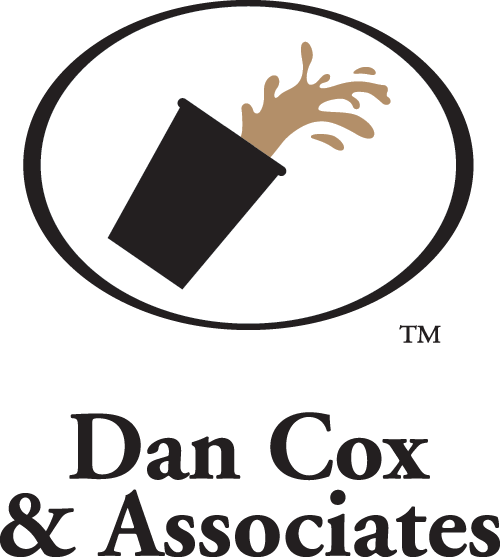Getting In Hot Water
Many plaintiffs that bring forward a hot beverage spill and burn lawsuit have a similar complaint – that the coffee was too hot. Americans drink over 140 billion cups of coffee per year. There are hot beverages that are brewed, served, and handled over 380 million times per day. Is it really possible for a hot beverage to be too hot?
Product research and consumer preference science have concluded that the answer is a definite no. Coffee is brewed and served at the temperatures required to create the best tasting beverage. At Dan Cox & Associates, our goal is to communicate the science and best practices to brew and serve great tasting hot beverages. By providing education on safely handling hot beverages, we strive to mitigate the risk of burn injury if a beverage is mishandled.
Brewing coffee is a well-orchestrated and choreographed operation of many elements – coffee grounds, time, but most importantly, water temperature. The importance of the water temperature used to make a coffee beverage is extremely important. According to the Specialty Coffee Association of America (now the Specialty Coffee Association) brewing best practices state “Coffee Preparation Temperature: To achieve the Golden Cup Standard, water temperature, at the point of contact with coffee, is recommended to fall between ± 200°F (93.0°C ±3°).”
Brewing above or below this temperature can cause your delicious cup of joe to taste bitter, astringent, flat, and unpleasant.
When brewing coffee, hot water is passed through a bed of coffee grounds, to extract a number of compounds, and chemicals. This includes compounds such as chlorogenic acid, which can make up 10-15% of a cup of coffee. Brewing with water too hot, close to or at boiling (212°F / 100°C), can lead to an over extracted cup. An over extracted cup occurs when too many compounds are drawn from the coffee, or unwanted compounds, only extracted at higher temperatures, are found in the final cup. An over extraction causes coffee to taste bitter, and astringent, both of which are unpleasant
Lowering the temperature isn’t the answer either. The compounds that are extracted to create Coffees flavor and aroma are derived from a number of compounds that are extracted above 195°F (90.5°C). While brewing below 195°F (90.5°C) can mitigate the bitter and astringent flavors of coffee, it will also avoid the beneficial and wanted flavors that make coffee sweet and delicious. This is called under extraction, when wanted compounds and chemicals are left behind in the coffee grounds and are not found in the final product.
There is an ideal place, between under and over extracted. Using water in the range of 195° – 205°F (90.5°– 96.1°C), not tepid but not boiling. This avoids an overly bitter and unpleasant cup of coffee, while still allowing the release of the compounds needed to make a proper cup of coffee.
While there are many ways to avoid a spill and burn, such as using best practices, but there is no need to lower the temperature used to make coffee. Science reveals the reasoning behind the temperature of hot beverages, and its important role in making a good cup of coffee. A good cup of coffee means a happy customer, and that requires a brewing temperature between 195° – 205°F (90.5°– 96.1°C).
Want to learn more about the science behind how optimal coffee temperature is determined? Check out Dan Cox’s two books Handling Hot Coffee and Coffee: Too hot to Handle or Mishandled? in our Safety Store.

